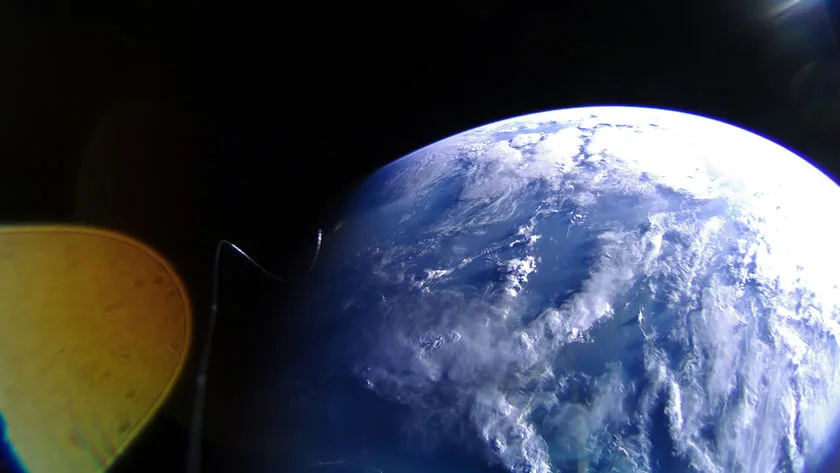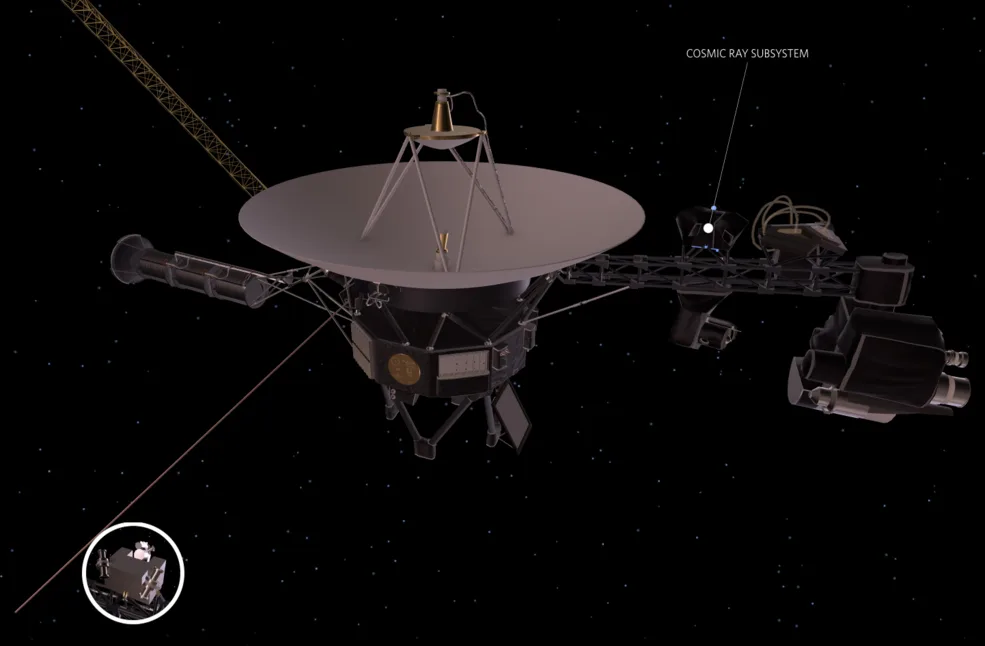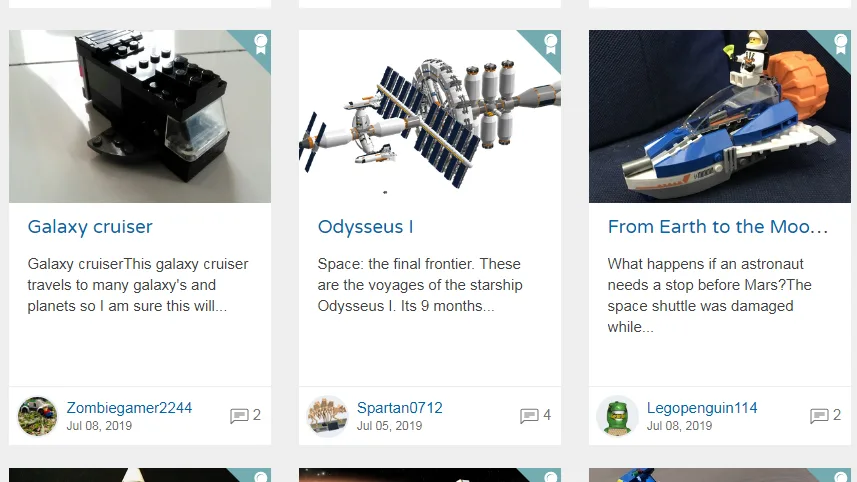
Tiny Lightsail 2 will soon sail through space on rays of light
What's Up In Space - a weekly look at the biggest news coming down to Earth from space
Tagging along on SpaceX's latest Falcon Heavy launch was a special little satellite, designed by the biggest space advocacy group in the world, the Planetary Society.
This spacecraft, roughly the size of a loaf of bread, is named Lightsail 2, and it launched into space to test a method of propulsion different from anything else being used right now.
Lightsail 2 is a solar sail.
All other spacecraft and satellites in use right now move via some form of rocket propulsion. They burn fuel and release the exhaust at high speed from the back of the craft, and as a result, the craft moves forward.
Lightsail 2 didn't bring any fuel with it, though. Once the spacecraft is fully deployed, it will fly through space using only the light from the Sun!
Watch below as Bill Nye, CEO of The Planetary Society, explains how it works:
Right now, Lightsail 2 is in Earth orbit, over 700 kilometres above the surface, simply using the momentum that the Falcon Heavy booster gave it to stay up there.

This picture was snapped by Lightsail 2's camera, looking down on Earth from space, at 23:32 UTC on July 7, 2019. Lens flares are visible in the bottom left and upper right of the image. To the left of Earth, a piece of spectraline that was used to hold the spacecraft's solar panels closed is visible. Credit: The Planetary Society/Seán Doran
The mission team, right now, is dealing with what they refer to as "unexpected results" from the system used to keep the satellite properly oriented in space. Soon, though, as early as July 21, the Planetary Society team will complete their tests of the spacecraft, and they will issue the order for it to unfurl its sails.
"The spacecraft is healthy and we have every expectation that we'll be able to resolve this issue," Bruce Betts, Planetary Society chief scientist and LightSail program manager, said in a press release on Tuesday. "Our members and backers have waited a long time to see this project come to fruition, and we want to make sure we maximize our chances for success."
Keep watching for updates!
A PLAN TO KEEP THE VOYAGERS RUNNING
NASA's Voyager 1 and 2 spacecrafts are currently the longest-running space missions ever. They launched in 1977, and are still running now, after 42 years.
Now, though, as their nuclear power sources deliver less and less electricity each year, NASA is having to make some interesting choices to keep them operating.
According to NASA: "After extensive discussions with the science team, mission managers recently turned off a heater for the cosmic ray subsystem instrument (CRS) on Voyager 2 as part of the new power management plan. The cosmic ray instrument played a crucial role last November in determining that Voyager 2 had exited the heliosphere, the protective bubble created by a constant outflow (or wind) of ionized particles from the Sun. Ever since, the two Voyagers have been sending back details of how our heliosphere interacts with the wind flowing in interstellar space, the space between stars."

Artist's concept drawing shows a Voyager spacecraft, including the location of the cosmic ray subsystem (CRS) instrument. Credits: NASA/JPL-Caltech
Turning off this heater is important because it is a constant drain on the spacecrafts' power systems. Without that drain, it leaves far more power available to run their instruments, and to communicate with home.
Once they turned the heater off on the cosmic ray subsystem, the temperature of the instrument dropped to a chilly -59°C, but remarkably, the instrument still returned data back to Earth!
Why is this so important? The Voyagers are our only interstellar spacecraft right now, and the more information they can keep sending back to us about this previously unexplored region of space, the better!
HOW WOULD YOU GET US TO MARS?
Do you like LEGO? Do you like space? Are you excited about humanity returning to the Moon, and then moving on to Mars?
NASA and LEGO want to see your ideas for how we would make these incredible journeys!
So, dig through your collection of LEGO bricks, put together your best model, snap some pictures and upload them onto the LEGO Ideas website!

Some example models already submitted for LEGO Idea's Moon to Mars contest. Credit: LEGO Group
Submit contest entries by around July 29-30, just to give the LEGO judges a chance to review it before the August 1, 2019 deadline. Judging should be finished by August 15, and winners will be announced by August 22.
Good luck and come back next Tuesday for more What's Up In Space!
Sources: Planetary Society | NASA | LEGO Group











